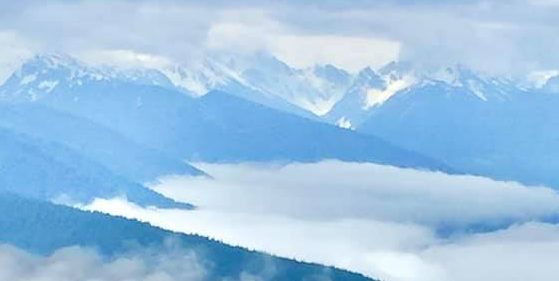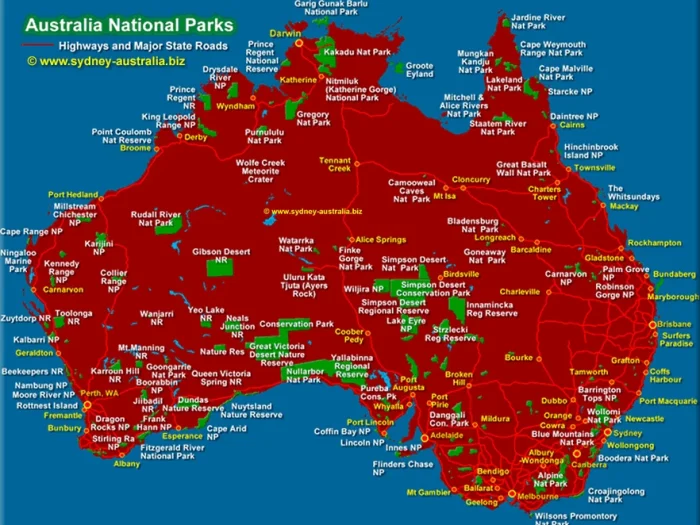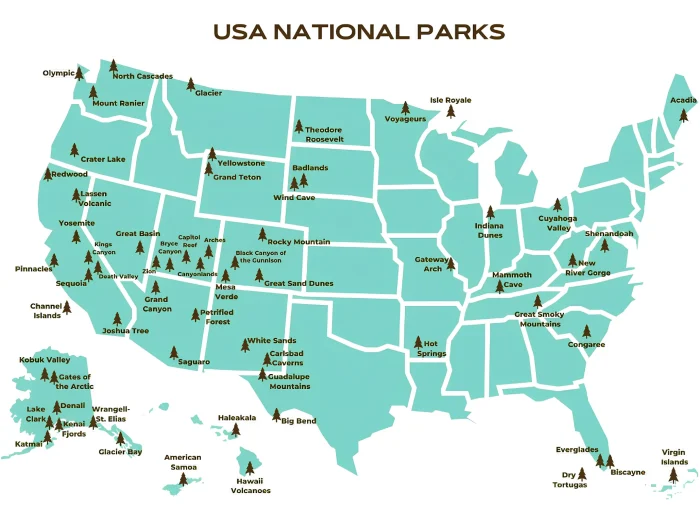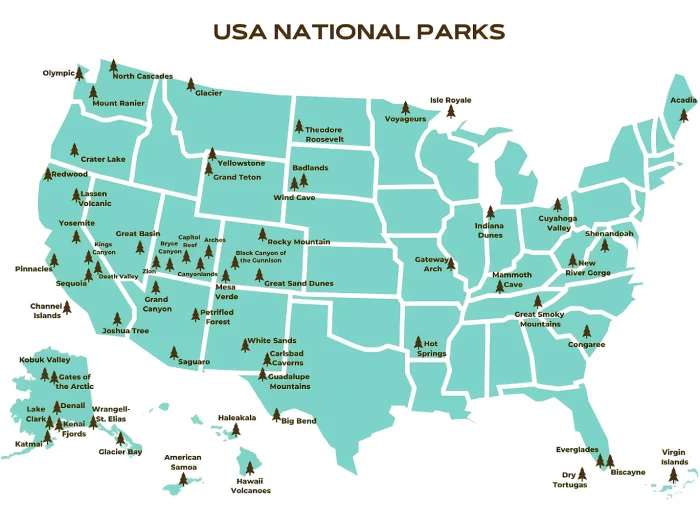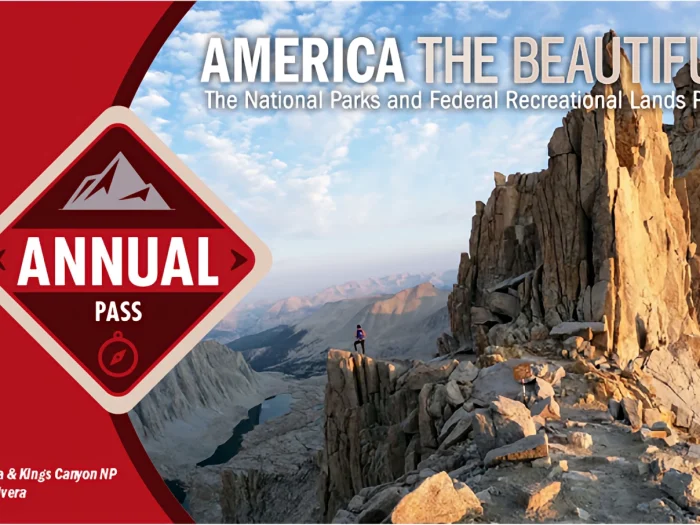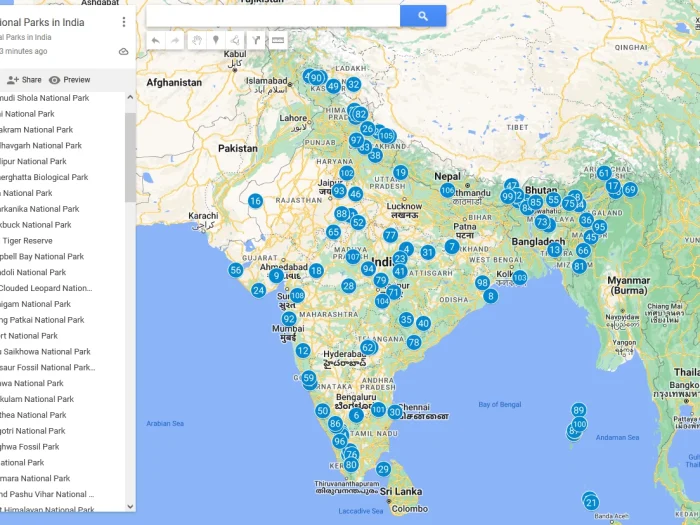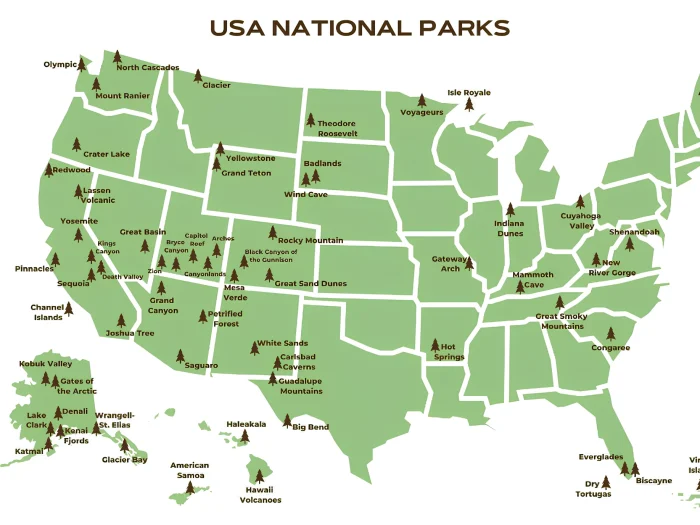Best Things to Do in Lake Clark National Park
Tucked away in the wild heart of southwest Alaska, Lake Clark National Park and Preserve is one of the state’s most breathtaking hidden gems. Known for its turquoise lakes, active volcanoes, and incredible wildlife, this park offers a true off-the-grid adventure. Whether you’re a hiker, angler, photographer, or nature lover, there’s no shortage of unforgettable experiences here.
Here are the best things to do in Lake Clark National Park:
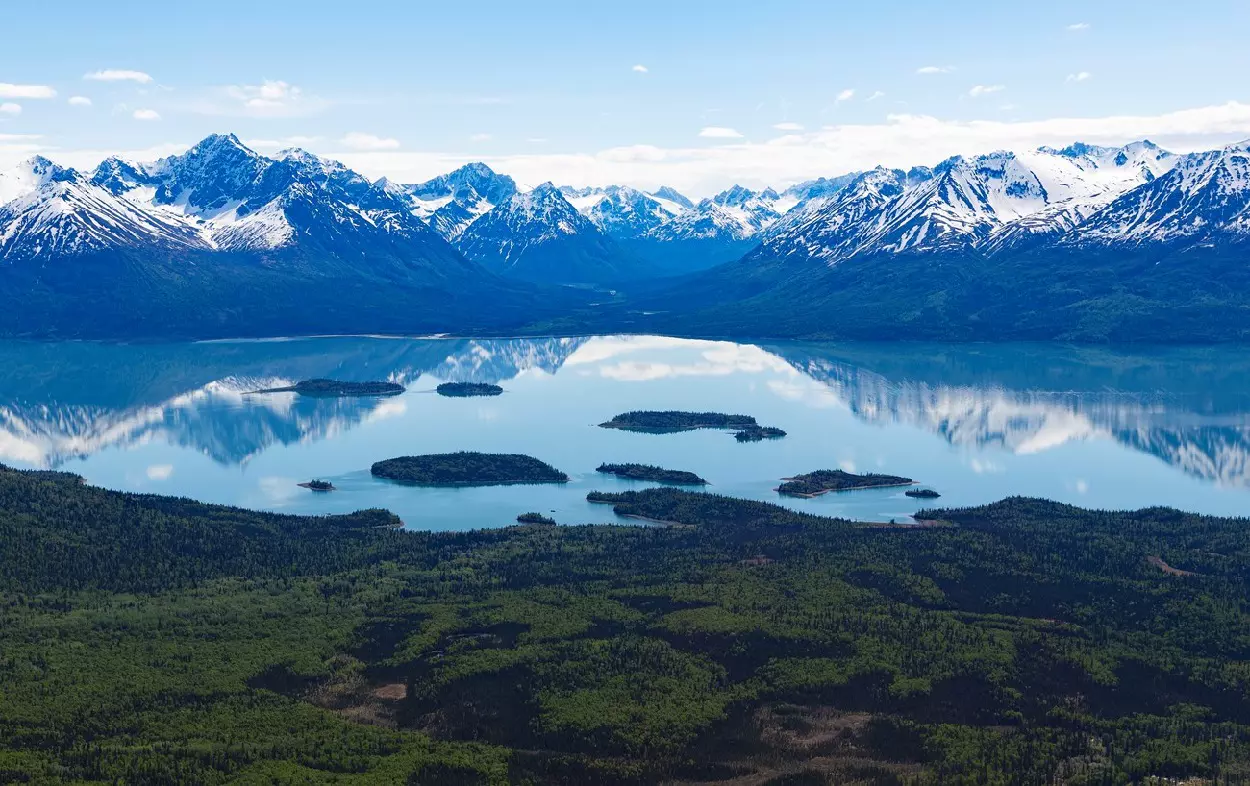
Lake Clark National Park (image: NPS)
1. Explore the Sparkling Waters of Lake Clark
At the center of the park lies the magnificent Lake Clark, a 42-mile-long turquoise jewel surrounded by snow-capped peaks. The best way to experience it is by kayak or floatplane, gliding across the pristine waters while soaking in dramatic views of the Chigmit Mountains. Fishing enthusiasts can cast for Arctic char, lake trout, and grayling, while photographers will find endless inspiration in the lake’s mirror-like reflections.
2. Watch Brown Bears at Silver Salmon Creek and Chinitna Bay
Few experiences compare to watching Alaska’s brown bears in their natural habitat. The coastal areas of Silver Salmon Creek and Chinitna Bay are famous for bear viewing, especially from June to September when the salmon run attracts dozens of hungry giants. Guided tours ensure a safe and respectful distance while allowing for incredible close-up photography opportunities.
3. Hike the Tanalian Trails near Port Alsworth
The Tanalian Trail System near the small community of Port Alsworth offers some of the park’s most accessible hiking.
Popular routes include:
- Tanalian Falls Trail – A 4-mile round trip to a powerful 30-foot waterfall on the Tanalian River.
- Kontrashibuna Lake Trail – Extends from the falls to the shores of Kontrashibuna Lake, surrounded by mountain peaks.
- Tanalian Mountain Trail – A challenging 8-mile hike with panoramic views of the lake and surrounding wilderness.
Each trail showcases the park’s raw beauty without requiring technical mountaineering skills.
4. Visit the Remote Twin Lakes and Dick Proenneke’s Cabin
One of Lake Clark’s most iconic spots is Twin Lakes, the former home of wilderness legend Richard “Dick” Proenneke. His hand-built log cabin, featured in the PBS documentary Alone in the Wilderness, stands as a testament to simple living and self-reliance. Visitors can tour the cabin and hike around the lakes, surrounded by untouched wilderness and silence that feels timeless.
5. Take a Scenic Flightseeing Tour
Because there are no roads leading into Lake Clark National Park, flightseeing is both practical and spectacular. Small planes depart from Anchorage or Homer, flying over volcanic peaks, glaciers, and wild coastlines. Look for Mount Redoubt and Mount Iliamna, two active volcanoes that dominate the skyline. On clear days, you can even spot moose, caribou, and bears from the air.
6. Go Fishing in World-Class Waters
Whether you’re fly-fishing for rainbow trout or chasing silver salmon, Lake Clark’s rivers and lakes are an angler’s paradise. The Newhalen River, Tlikakila River, and Silver Salmon Creek offer some of Alaska’s best fishing with minimal crowds. Just be sure to obtain the necessary Alaska fishing license and check seasonal restrictions before your trip.
7. Immerse Yourself in Native Alaskan Culture
Lake Clark is home to the Dena’ina Athabascan people, who have lived in the region for thousands of years. At Port Alsworth’s Visitor Center, you can learn about traditional hunting, fishing, and storytelling that remain central to the Dena’ina heritage. Attending local cultural events or visiting archaeological sites deepens your understanding of this living connection to the land.
8. Camp Under the Midnight Sun
For those seeking solitude, camping in Lake Clark offers the ultimate wilderness escape. Designated backcountry campsites are available around Port Alsworth, Twin Lakes, and Silver Salmon Creek, though most areas are primitive—meaning you pack in and pack out everything. From June through August, you’ll experience the midnight sun, with long golden evenings perfect for lakeside relaxation or stargazing once the night finally falls.
FAQs about the Lake Clark National Park
1. How do you get to Lake Clark National Park?
Lake Clark National Park is only accessible by plane or boat—there are no roads leading into the park. Most visitors fly from Anchorage, Homer, or Kenai via small aircraft to Port Alsworth, the main hub of the park. Floatplanes can also land directly on the lakes for remote adventures.
2. What are the top attractions in Lake Clark National Park?
The most popular attractions include Lake Clark, Twin Lakes, Tanalian Falls, Chinitna Bay, Silver Salmon Creek, and Dick Proenneke’s Cabin. Visitors love hiking, bear viewing, kayaking, fishing, and taking scenic flightseeing tours.
3. When is the best time to visit Lake Clark National Park?
The ideal time to visit is June through September. During these months, the weather is mild, wildlife is active, and most services are available. Bear viewing and fishing peak in mid to late summer, while early June offers fewer crowds and blooming wildflowers.
4. Can you see bears in Lake Clark National Park?
Yes! Brown bears are one of the park’s main attractions. The best bear viewing areas are Silver Salmon Creek and Chinitna Bay, where bears feed on salmon and sedge grass. Guided tours ensure safe and respectful encounters.
5. Are there hiking trails in Lake Clark National Park?
Yes, the Tanalian Trail System near Port Alsworth offers well-maintained trails like:
- Tanalian Falls Trail – Moderate 4-mile round trip to a scenic waterfall.
- Kontrashibuna Lake Trail – Extends along a turquoise lake with mountain views.
- Tanalian Mountain Trail – A more strenuous hike with sweeping panoramas.
Backcountry routes are also available for experienced hikers.
6. Is camping allowed in Lake Clark National Park?
Yes, both frontcountry and backcountry camping are allowed. Designated camping areas exist near Port Alsworth, Twin Lakes, and Silver Salmon Creek, but most sites are primitive. Campers must be self-sufficient and follow Leave No Trace guidelines.
7. Do I need permits to visit or camp in the park?
No general entry permits are required. However, permits are necessary for commercial filming, guided activities, or large groups. Backcountry campers should register their plans with park rangers for safety.
8. What wildlife can I see in Lake Clark National Park?
The park is home to a wide range of wildlife including brown bears, black bears, moose, Dall sheep, wolves, bald eagles, and salmon. Along the coast, visitors might also spot seals and seabirds.
9. What activities can you do besides hiking and bear viewing?
Other popular things to do include kayaking on Lake Clark, fishing for salmon and trout, photography, flightseeing, wildlife watching, and visiting cultural sites that highlight Dena’ina Athabascan heritage.
10. Is it worth visiting Lake Clark National Park?
Absolutely! Lake Clark offers a true Alaskan wilderness experience—remote, wild, and breathtakingly beautiful. It’s perfect for travelers seeking solitude, adventure, and untouched natural landscapes. Whether you’re hiking, flying, or simply soaking in the views, every moment here feels unforgettable.
Final Thoughts
Lake Clark National Park is a destination for those who crave true adventure—a place where you can disconnect from modern life and reconnect with nature. From bear watching and mountain hiking to tranquil paddling and cultural discovery, every moment here feels like a journey into Alaska’s untamed soul.
So pack your spirit of exploration—and maybe a good camera—and prepare for an unforgettable trip into one of America’s last great wilderness frontiers.
